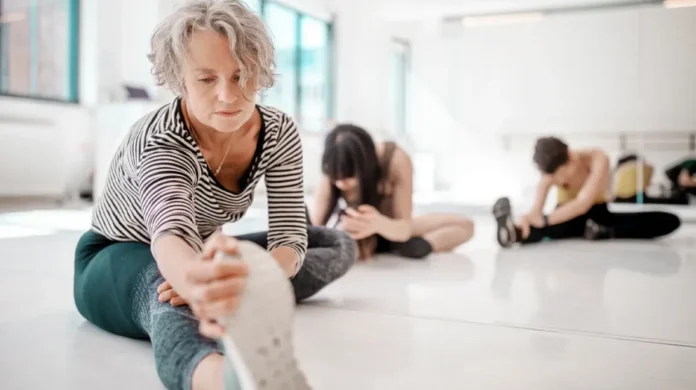For people living with arthritis, staying active might sound counterintuitive during a flare-up. But movement plays a key role in managing pain, stiffness, and joint function—especially over time. Gentle physical activity can reduce inflammation and promote circulation, which often helps the body recover more efficiently. Unlike sports injuries that may require strict rest to heal, arthritis benefits from carefully chosen motion to avoid stiffness and muscle loss. The key lies in finding the right intensity and consistency without overloading the joints.
Over time, inactivity can lead to weaker muscles, decreased range of motion, and more frequent flare-ups. Staying sedentary may also contribute to weight gain, which adds stress to already inflamed joints. Even low-impact exercises like swimming, walking, or stretching can help maintain joint mobility. The idea is not to push through the pain, but to move mindfully to improve long-term function. Many people find that light daily movement supports both their joints and overall energy levels.
What Types Of Activity Are Safe?
When arthritis flares, intense exercise or high-impact activities should be avoided. Instead, gentle, low-impact options can help ease discomfort and prevent further strain. Walking, yoga, tai chi, and water aerobics are all strong options that promote joint health without triggering additional pain. During a flare-up, even short bouts of movement can break the cycle of stiffness and inflammation. It’s more about consistency than intensity.
For those managing past sports injuries alongside arthritis, extra care is needed to avoid re-injury. A physical therapist or rehabilitation specialist can help tailor a movement routine that protects older injuries while supporting joint stability. These guided sessions may include balance training, flexibility work, or modified strength-building exercises. The goal is to improve mobility while reducing the risk of both flare-ups and long-term damage. Listening to your body during this process is just as vital as showing up for the activity itself.
How Does Activity Influence Inflammation?
Exercise affects the body’s inflammatory responses, especially when performed regularly and moderately. Physical activity triggers the release of anti-inflammatory cytokines, which may help reduce the discomfort linked to flare-ups. In contrast, long periods of inactivity can lead to increased inflammation, stiffness, and muscle tension around the joints.
Movement helps break that cycle by keeping muscles engaged and blood flowing to affected areas. This doesn’t mean more is always better. Overexertion, especially during a flare-up, can worsen symptoms and slow recovery.
Keeping a balance between movement and rest is critical. For many, tracking activity levels and flare-up patterns over time can provide insights into which movements are helpful and when it’s best to take a break. Working with a care provider to set realistic goals and expectations can make this process more manageable.
When Should You Adjust Your Routine?
During a flare-up, joint pain and fatigue may be more pronounced, and even basic activities can feel overwhelming. This is a signal to shift your exercise routine—not stop it entirely. Reducing intensity, focusing on range-of-motion movements, or switching to seated or water-based activities can help maintain progress without adding strain. Small changes in approach can help prevent a complete halt in movement, which often makes recovery harder.
Sometimes arthritis symptoms overlap with old injuries or new discomfort, making it unclear whether rest or movement is best. If swelling, heat, or pain is severe and persistent, it’s worth discussing with a healthcare provider. They may suggest modifying your routine, trying physical therapy, or reevaluating your current approach. Pain that worsens significantly during exercise is a reason to pause and reassess with a professional.
Take Note of Sports Injuries
If arthritis flare-ups are limiting your mobility or quality of life, now might be the right time to revisit your activity plan. Consult a physical therapist, arthritis specialist, or orthopedic provider to build a personalized movement routine that works with—not against—your symptoms. Don’t wait for mobility to decline. Staying active with intention can help you move more freely and confidently in the long run.

